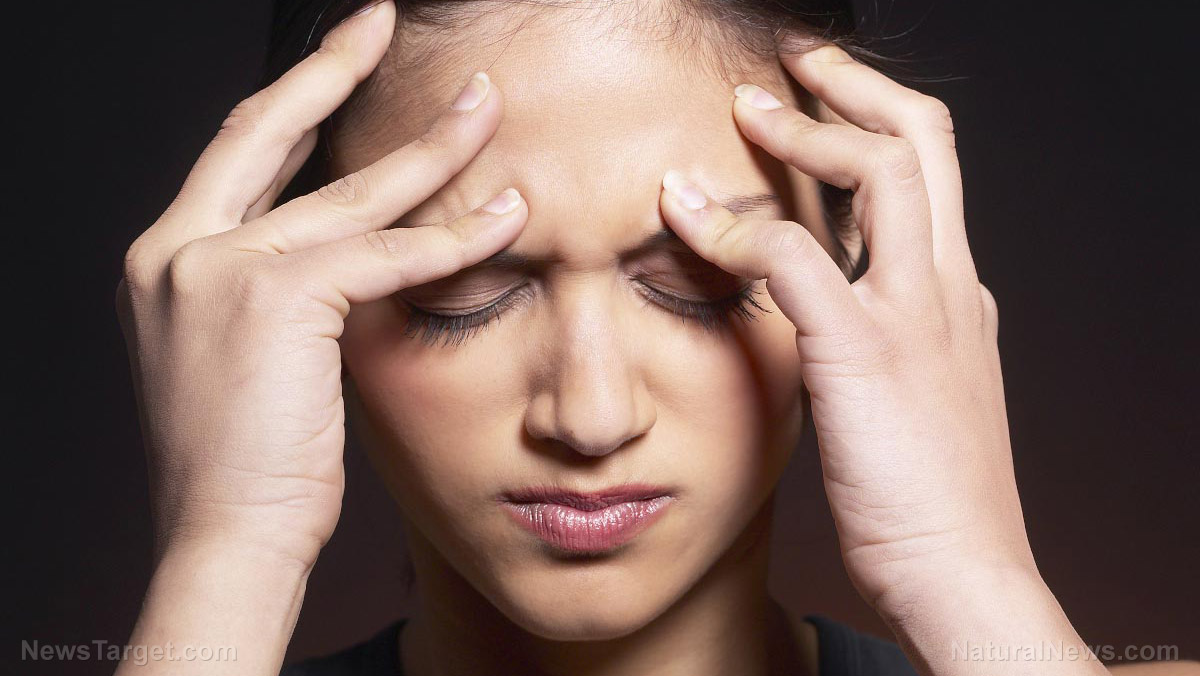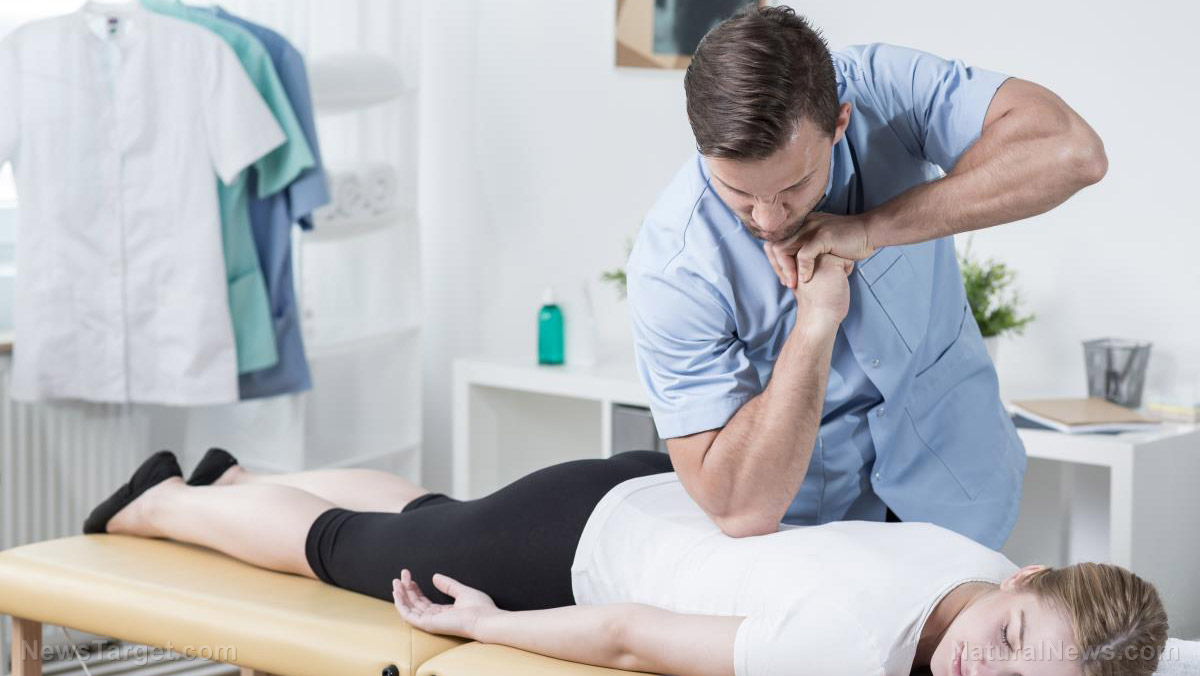
For the uninitiated, vascular dementia refers to impaired reasoning, planning, judgment, and memory (as well as other thought processes) following brain damage caused by restricted blood flow to the brain. In the U.S. and other Western countries, the condition is uncommon, with only a 1.5 percent prevalence rate. However, it is one of the most pervasive forms of dementia in Asia – in particular, vascular dementia accounts for more than half of all cases of dementia in older adults in Japan.
Unlike AD, wherein the etiology of the condition is unclear, vascular dementia is often caused by an event that interrupted blood flow to the brain, like a stroke or a transient ischemic attack. In these cases, the condition may develop over time, usually from very small blockages that slow down blood flow.
Pins and needles for a sharper brain
Acupuncture has long been credited for a laundry list of health benefits – improved circulation and systemic reduction of inflammation being some of them. To date, researchers are still exploring the underlying mechanisms for the many benefits of acupuncture in the body.
Research from the Beijing Hospital of Traditional Chinese Medicine and the Beijing University of Chinese Medicine had previously examined the neuroprotective effects of acupuncture. In particular, the team had concluded that the procedure could reverse specific biomarkers for inflammation and cell oxidation – including thioredoxin-interacting protein (TXNIP), a compound associated with nerve damage.
Likewise, a separate study from the Wuhan University of Science and Technology found that acupuncture is better than conventional drug therapy in dealing with and treating dementia, in particular, vascular dementia. In the study, researchers noted that using the Xing Nao Kai Qiao protocol, a technique specifically designed to address stroke, traumatic brain injury (TBI), and neurological disorders, has a higher efficacy rate than conventional acupuncture. However, both therapies are still higher than standard drug therapy, which had an efficacy rate of only a little over 60 percent.
For patients with vascular dementia, Traditional Chinese Medicine (TCM) has various schools of thought on addressing the condition. In the Huangdi Neijing (Yellow Emperor’s Inner Canon), the earliest written collection of TCM, it indicates that the Du Mai (or governor meridian) is linked to the brain and marrow. The Jing Mai theory, on the other hand, states that that Foot Tai Yang (or bladder meridian) is closely linked to the brain. This means that treatment for vascular dementia isn't just limited to areas in the brain; rather, it involves factors such as the body's phlegm stagnation, liver and kidney qi, and blood stasis and blood qi.
To note, researchers have pointed out that the acupuncture point GV20-Baihui, which is found in the "meeting point of the midline with the top of the ears," and the acupuncture point EX1 - Sishencong, located one cun from GV20 in a cross formation, are the most important points in clinical efficacy for vascular dementia. GV20, in particular, can increase dopamine levels in the patient and prevent free radical damage in the body. It can also regulate the brain's long-term memory storage capacity and improve the parasympathetic nervous system, which is usually affected by neurodegenerative diseases like vascular dementia. GV20, in concert with other acupuncture points, also protects the blood-brain barrier (BBB), which is a key factor in preventing edemas and other forms of damage from reaching the brain. (Related: Acupressure could calm patients with dementia, study finds.)
Supporting acupuncture with a healthy lifestyle
To get the best out of acupuncture, a person should also consider making lifestyle changes to increase the efficacy of the practice. Some steps include:
- Quitting smoking
- Losing weight
- Eating a diet rich in fruits and vegetables
- Avoiding processed foods
- Including foods that have omega-3 fatty acids like walnuts, chia seeds, ground flax seeds, and flax seed oil
As with all forms of therapy, people who are considering acupuncture should consult with an experienced and knowledgeable healthcare professional before starting treatment. Who knows? It may just be the treatment that's right for you.
Learn more about other TCM procedures to improve brain function by following ChineseMedicine.news today.
Sources include:
Please contact us for more information.






















